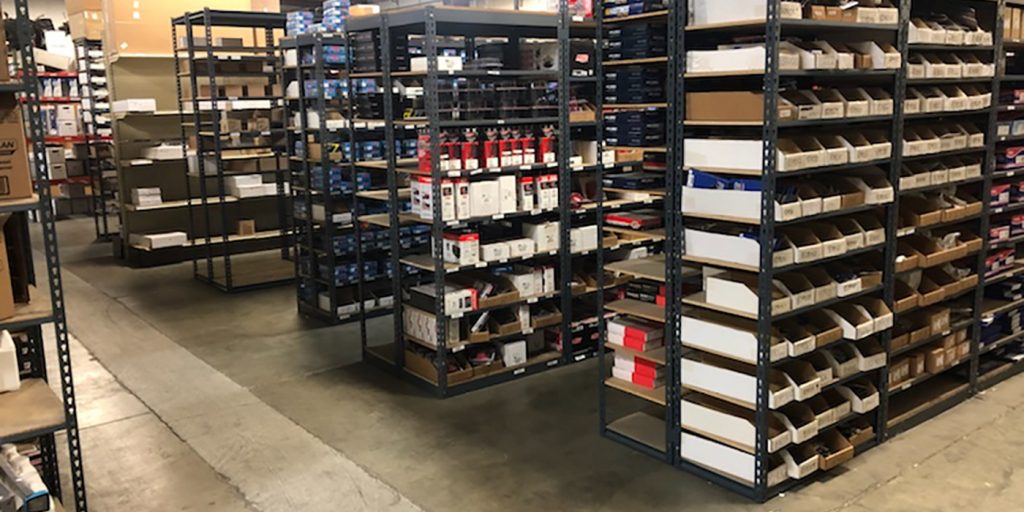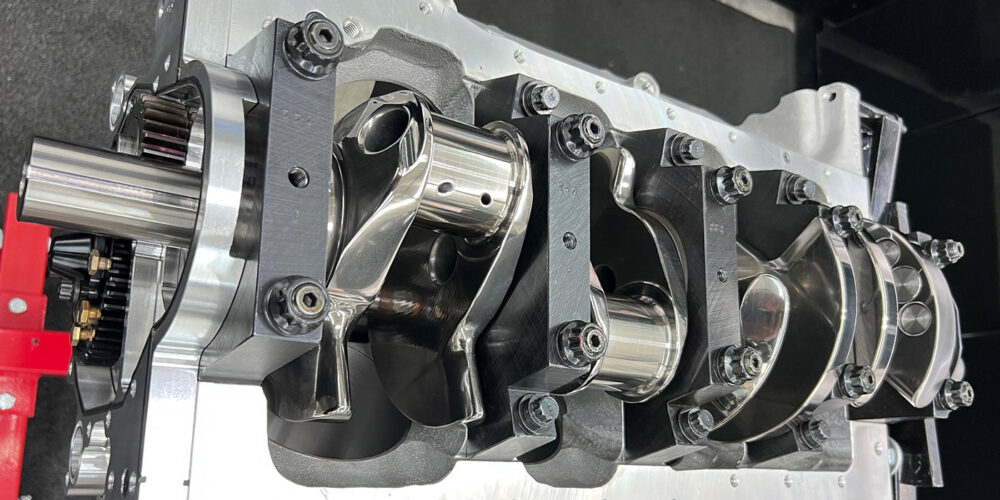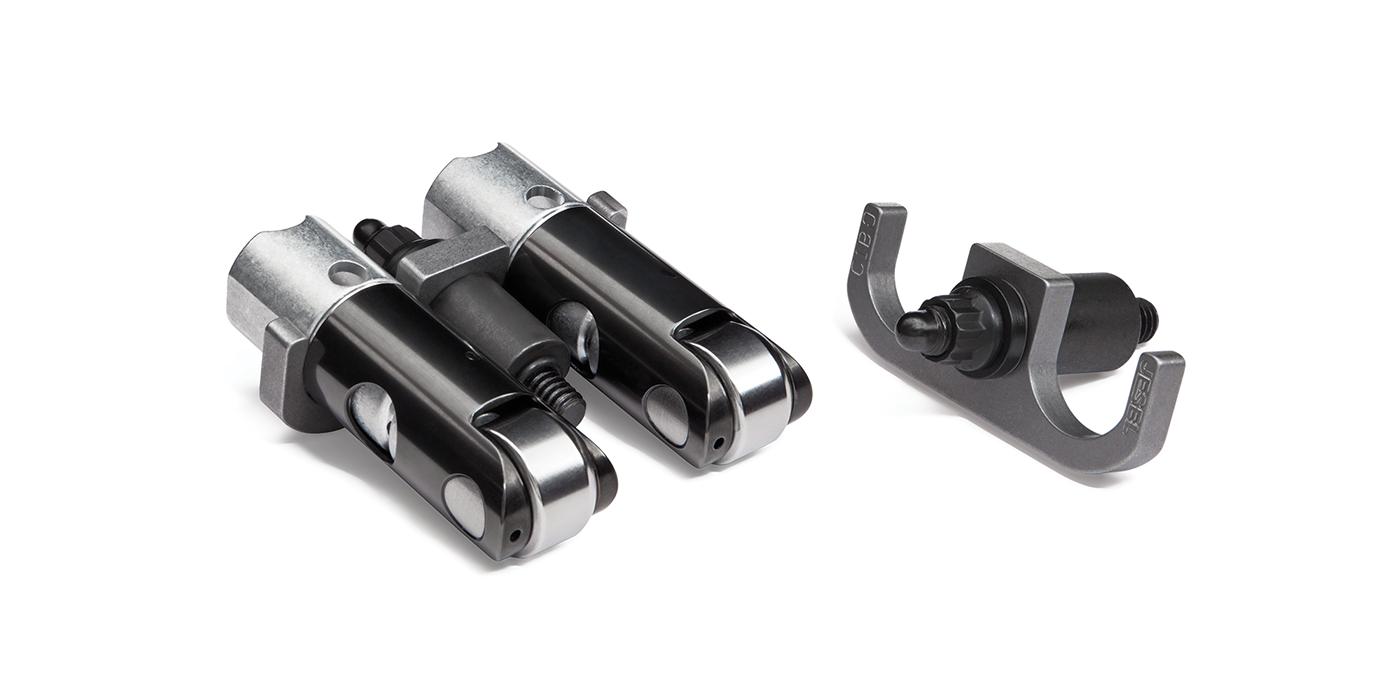For more than 55 years, Engine Builder’s mission has been to help industry professionals make more money and serve their customers more efficiently. Since we really have two audiences – the engine/machine shop owning professionals and the parts and equipment manufacturers and suppliers who serve them – it’s imperative that we help all parties understand the dynamics in the business. We understand the engine builder customer can be a wildcard, and protecting your reputation is vital.
When it comes down to it, aside from your labor, the parts you put into your engines and keep on your shelves ARE your reputation. Maintaining that reputation for excellence means you have to select the right product for the right customer and the right engine. Each customer their own expectations for the components in the engine, and so do you. What is it that makes a part the RIGHT part? Why, how and from whom do you buy?
The way you shop and the way you buy continues to be a very complex part of a very complex market. We asked our readers to help us identify the decision-making process. What are their primary reasons for choosing particular products? Where and how they like to buy parts? What are the factors that influence our readers’ decision-making processes most significantly and how do THEIR customers influence those purchasing decisions?
On one hand, they’re looking for the best deal to maximize profits. On the other hand, they have to meet the demands of the engine build. This research study, now in its third year, profiles engine builders’ buying behavior as it pertains to engine parts and equipment.
The Results
Some interesting conclusions can be drawn about the factors engine builders consider when buying parts. The top two primary reasons for choosing one part over another stayed exactly the same this year as the past two years. Averaged across all parts categories, the top reason for choosing a product is Reputation for Quality (54%), followed by Experience with the Product (35%). Averaged across all equipment categories, Reputation for Quality was first (37%), followed by Experience with the Product (23%).
Those primary reasons on the parts side were followed by Technical Support, Best Price, Relationship with Sales Rep/Counterperson, Customer Request, and Fastest Delivery Time. On the equipment side, those reasons were followed by Endorsement from other Engine Builders, Training/Technical Support, Best Price, Ease of Use, Brand Recognition, and Relationship with the Sale Rep/Counterperson.
We were able to present detailed reports on several of the individual product categories of interest to our advertisers, explaining why our readers choose a particular product or brand. Our survey studied many, many different specific product categories, and while they are not included in this report, the information revealed in these pages is based on general buying behavior.
According to our survey, the majority of professional engine builders continue to prefer to buy from a warehouse distributor (66 percent), which is up from last year (57%). The next highest preference was buying from an online supplier (13%), followed by Direct from the Manufacturer (10%, which is down from 16% last year), national parts chains (6%), auto parts retailers (4%) and “other” (1%).
When it comes to placing engine parts orders, the majority of respondents said they like to order parts over the phone (45%) or online (43%). Last year, a whopping 58% of respondents preferred to order over the phone, while just 38% preferred ordering online in 2018. Of the 66% of respondents who prefer to order parts through a WD, 35% prefer using the phone versus 26% who prefer using a website.
Compared to last year, respondents continue to prefer to get parts through a WD via phone or website, however, website users increased from just 16% in 2018. Phone users, on the other hand, remained relatively the same.
Whatever the source, ideally, engine builders stress the importance of one-stop shopping. Nearly 80% say it’s extremely important or important to be able to buy what they need at once. In similar context, delivery speed is also something engine builders take into consideration. Fifty-eight percent say same-day delivery versus one- or two-day delivery is extremely important or important, while 39% say it’s not important.
Buying equipment is a bit of a different situation than parts purchasing, of course, because it’s rare that engine builders and machine shops make quick decisions on these capital investments. However, equipment suppliers must still sell, so how do our readers buy?
The vast majority of new and used equipment is sold by independent sales reps (45%), with auctions or other self-purchase options (32%) and direct from the manufacturer (23%), finishing out the preferences.
Everyone wants to be assured the products they buy are right for their needs. Although technical support may have fallen off as a primary reason engine builders buy a particular brand, it’s more important than ever to engine builders to know it’s available. Similar to 2018, 86% of 2019 survey respondents say tech support is an important or extremely important factor in their purchase decision. “After sale support” in general is important or extremely important to 94% of our survey respondents.
When sourcing a part, its country of origin can have a strong impact on the purchasing decision. When asked “Does ‘Made in the USA’ affect your buying decisions?” 25% of respondents said “Always” (up from 16% in 2018 and on par with 26% in 2017). Another 34% said “Most of the Time,” 19% said it is a factor “About Half the Time” and 22% said “Sometimes.” Only 2% of respondents said it “Isn’t a Factor.”
However, if a certain brand of part isn’t available, 69% of respondents would opt for an equivalent brand as opposed to 17% who would postpone the build until the part was available, and 11% who would buy online or go to a mass retailer.
Honestly, sometimes you don’t have all those options, because at the end of the day, customers pay the bills. Hopefully, they know enough about what they want from an engine to either guide your build sheet or understand what they DON’T know to stay out of your way. When we asked survey takers how their customers impact their parts buying decisions, 46% answered “Some,” 27% said “a Little,” 11% said “Not at All,” and only 10% said “A Lot.”
There’s little doubt customers today are more discerning about products in cases where they’re making the purchases, so we asked our audience what they believed impacts their customers’ decisions on parts. Thirty-nine percent said quality is the most important factor with price a close second at 29%. Product performance is cited by 18%, brand reputation is 11% and support just 3% of their influence when buying.
Private label and house-brand products are often a very important part of an engine builder’s tool kit when it comes to building a customer’s perfect engine. How do engine builders’ customers perceive these parts?
We can report that 7% see them as better value than brand name products; 26% see them as equivalent to brand names; 50% characterize them as acceptable economic products; and 17% perceive them as “cheap knockoffs.”
Of course, educating customers about the value of certain engine parts is often the responsibility of the engine builder, and can be a difficult, but necessary part of customer service. How do professionals get information about new products? We continue to be excited by the results of this question as 69% our survey respondents said they turn to print magazines first and foremost, which is on par with last year’s results.
Beyond the pages of print magazines, respondents identified the internet (62%), parts suppliers (49%), manufacturer websites (49%), trade shows (48%), digital newsletters (33%), digital magazines (30%), videos (20%), chat rooms/forums (19%), training seminars (18%), TV shows (14%), and webinars (10%), as other avenues of product information.
In addition to answering our questions, we offered survey respondents the chance to tell us in their own words their greatest buying/sourcing challenges, many of which surrounded price, delivery and parts availability.
Despite plenty of challenges facing both engine builders and the parts and equipment manufacturers and suppliers, it seems our industry has continued to find ways to succeed and maintain that most coveted quality of all – reputation. EB













